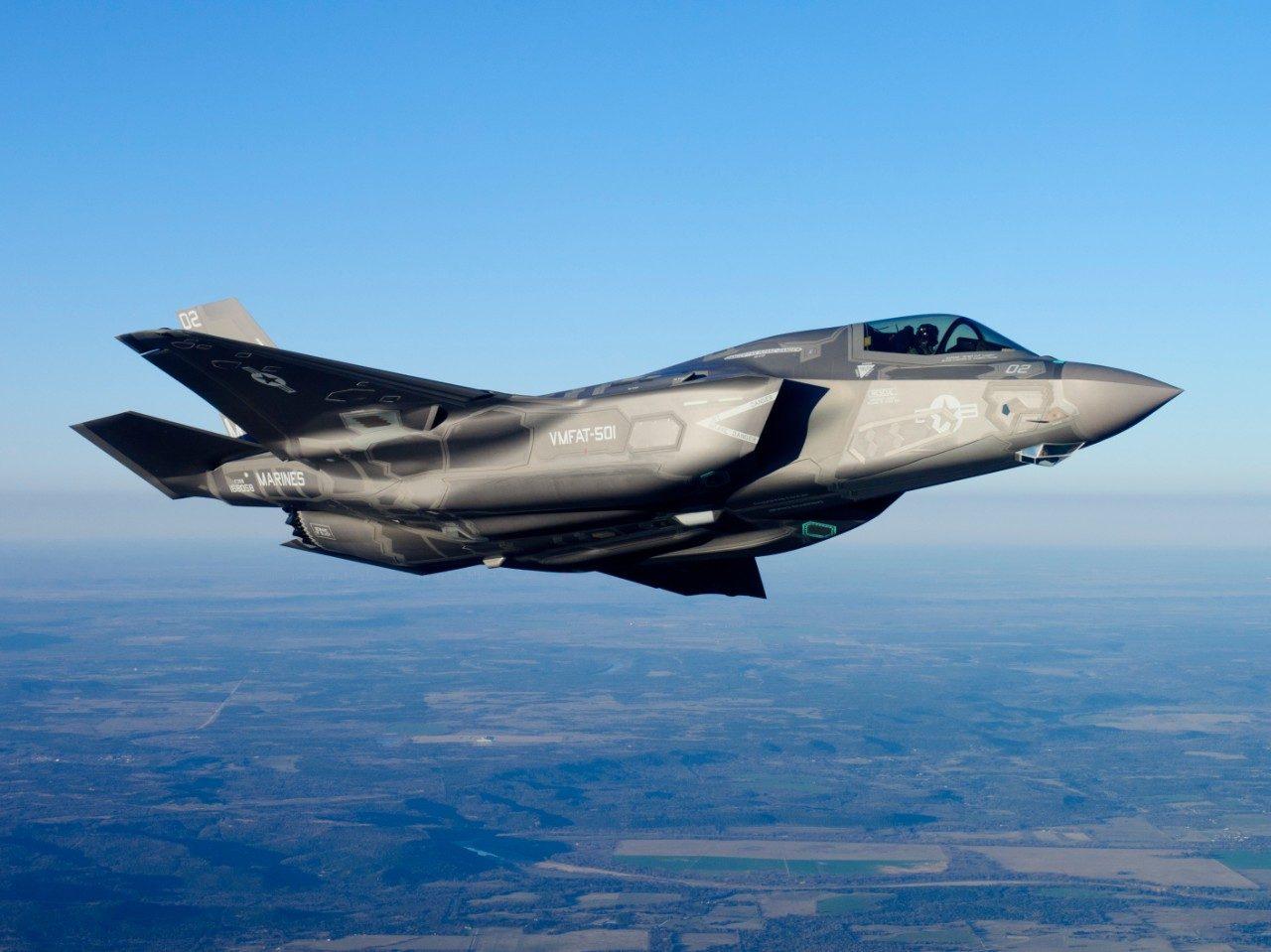
Credit: Lockheed Martin
Thirty-five members of the U.S. Congress say they are concerned about an Air Force proposal to use its Advanced Engine Technology Program (AETP) propulsion system to replace the F-35 fighter’s current powerplant. In January, Air Force Secretary Frank Kendall launched a market survey to find...
Subscription Required
This content requires a subscription to one of the Aviation Week Intelligence Network (AWIN) bundles.
Schedule a demo today to find out how you can access this content and similar content related to your area of the global aviation industry.
Already an AWIN subscriber? Login
Did you know? Aviation Week has won top honors multiple times in the Jesse H. Neal National Business Journalism Awards, the business-to-business media equivalent of the Pulitzer Prizes.





